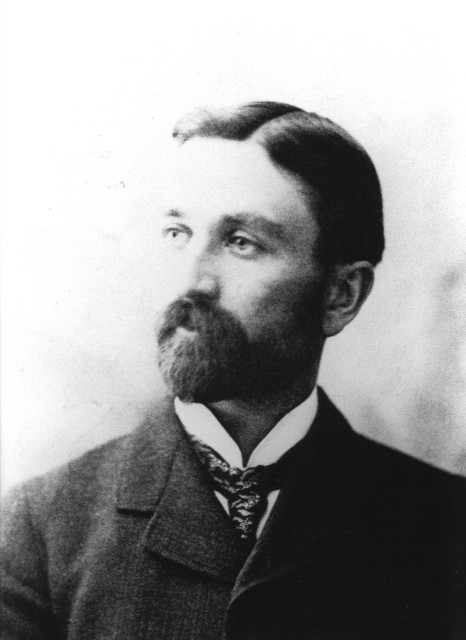Josiah Willard Gibbs
1839-1903

Gibbs was a theoretical physicist and chemist considered by many to be one of the greatest scientists of his time. An engineer by training, he became (1871) Professor of Mathematical Physics at Yale. His papers on "Graphical Methods in the Thermodynamics of Fluids" (1873), "A Method of Geometrical Representation of the Thermodynamic Properties of Substances by Means of Surfaces" (1873) and the most famous "On the Equilibrium of Heterogeneous Substances" (1876 and 1878) form the basis for much of modern thermodynamics, phase rule and statistical mechanics. He published the first quantitative theory of the emf of an electrolytic cell (Gibbs-Helmholtz Eq) and worked out his own "Elements of Vector Analysis". He was a tall, dignified gentleman, excellent horseman, did his share of household chores (an expert on heterogeneous equilibria, he mixed the salads) and was approachable and kind (if unintelligible) to students. He was aware of the significance of his work but did nothing to publicize it, content that posterity would appraise him.
Sponsor: Katharine C. and Paul M. Hunt
Location in chemistry building: First Floor; Room 138 North Wall; Sequence 1
Source: Chemical Heritage Foundation